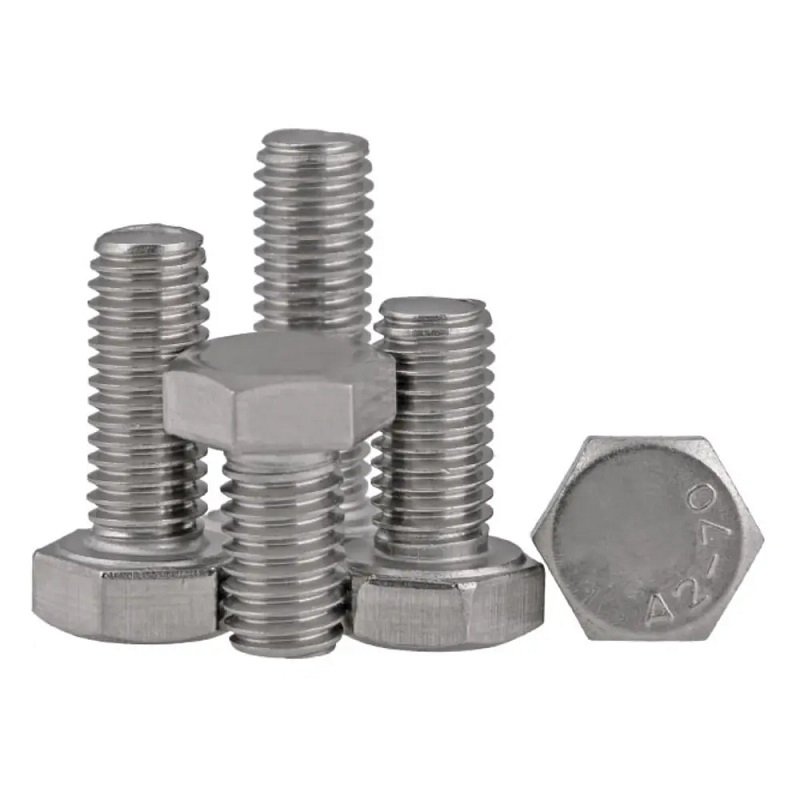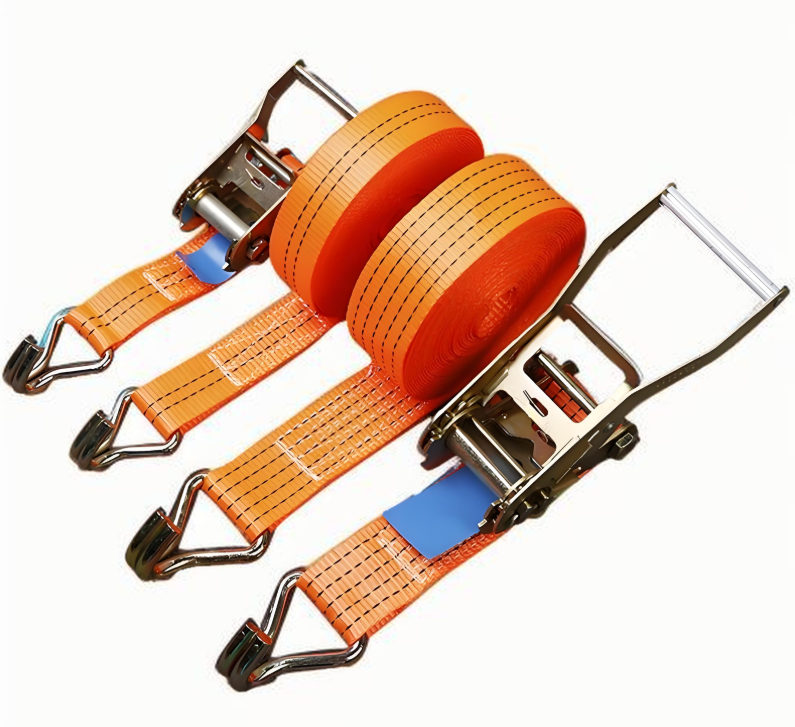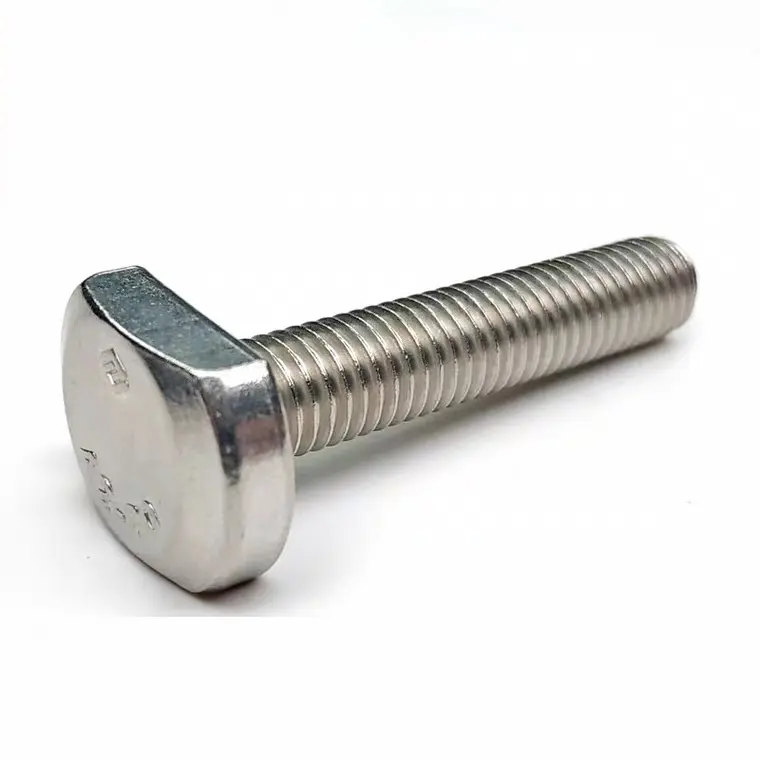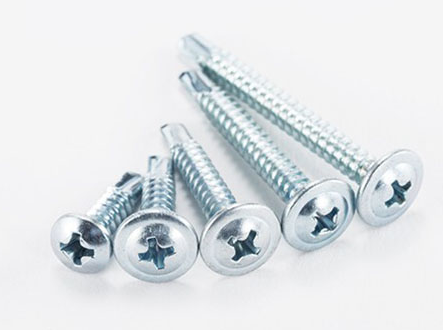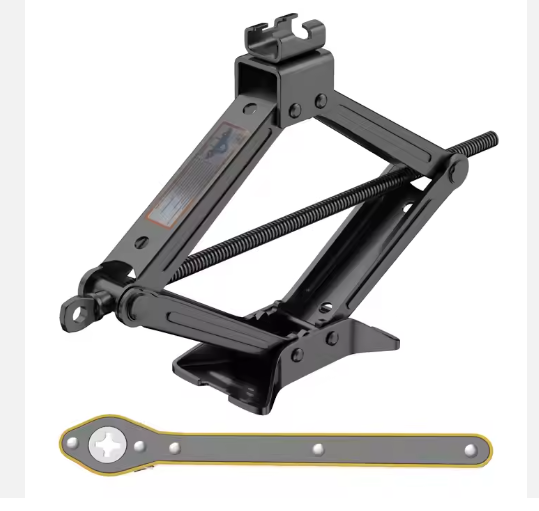

Wave Springs: A Comprehensive GuideThis guide provides a detailed overview of wave springs, covering their design, applications, advantages, and considerations for selection. We'll explore different types, materials, and manufacturing processes, offering practical insights for engineers and designers. Learn how to choose the right wave spring for your specific needs.
Wave springs, also known as Belleville washers or conical springs, are a unique type of spring characterized by their wave-like shape. Unlike traditional helical springs, wave springs offer a high load capacity in a compact design. This makes them ideal for applications where space is limited, but high force is required. They are manufactured from various materials, such as stainless steel, phosphor bronze, and beryllium copper, each offering unique properties and suitability for different environments and applications.
Single wave springs are the simplest form, offering a specific load-deflection characteristic. Their simplicity makes them cost-effective for many applications. The load capacity and deflection are directly related to the spring's geometry and material properties. Selection of the correct single wave spring often depends on detailed calculations to meet specific force requirements.
Multiple single wave springs can be stacked to achieve higher load capacities and adjust the spring rate. Stacking allows for more flexibility in design and customization. Careful consideration must be given to the orientation of stacked springs to ensure consistent performance and avoid uneven load distribution. Precise stacking height is crucial for the desired functionality.
The material used for a wave spring significantly impacts its performance and lifespan. Common materials include:
Manufacturing processes typically involve precision stamping and heat treatment to achieve the desired spring characteristics. The manufacturing precision is vital for consistent performance and reliability.
Wave springs offer several key advantages over other spring types:
Wave springs find applications in a wide range of industries and applications, including:
Choosing the appropriate wave spring requires careful consideration of several factors, including the required load, deflection, space constraints, operating temperature, and environment. Consulting with a spring manufacturer, such as Hebei Dewell Metal Products Co., LTD, is highly recommended to ensure optimal spring selection for your specific application. They offer a wide range of wave springs and can assist in design and selection.
Designing with wave springs requires understanding their unique characteristics. Factors such as spring height, number of waves, material selection, and stacking configuration directly impact the spring's performance. Detailed calculations and simulations are often necessary to optimize the design for specific application needs.
The following table compares wave springs to other common spring types:
| Spring Type | Load Capacity | Space Efficiency | Spring Rate | Cost |
|---|---|---|---|---|
| Wave Spring | High | High | Relatively Consistent | Moderate |
| Helical Spring | Moderate | Moderate | Variable | Low |
| Coil Spring | Low to Moderate | Low | Variable | Low |
Note: This comparison is a generalization and specific performance can vary based on material, design, and application.
For more detailed information and assistance with selecting the optimal wave spring for your project, contact Hebei Dewell Metal Products Co., LTD. Their expertise in spring design and manufacturing can help ensure your project’s success.

